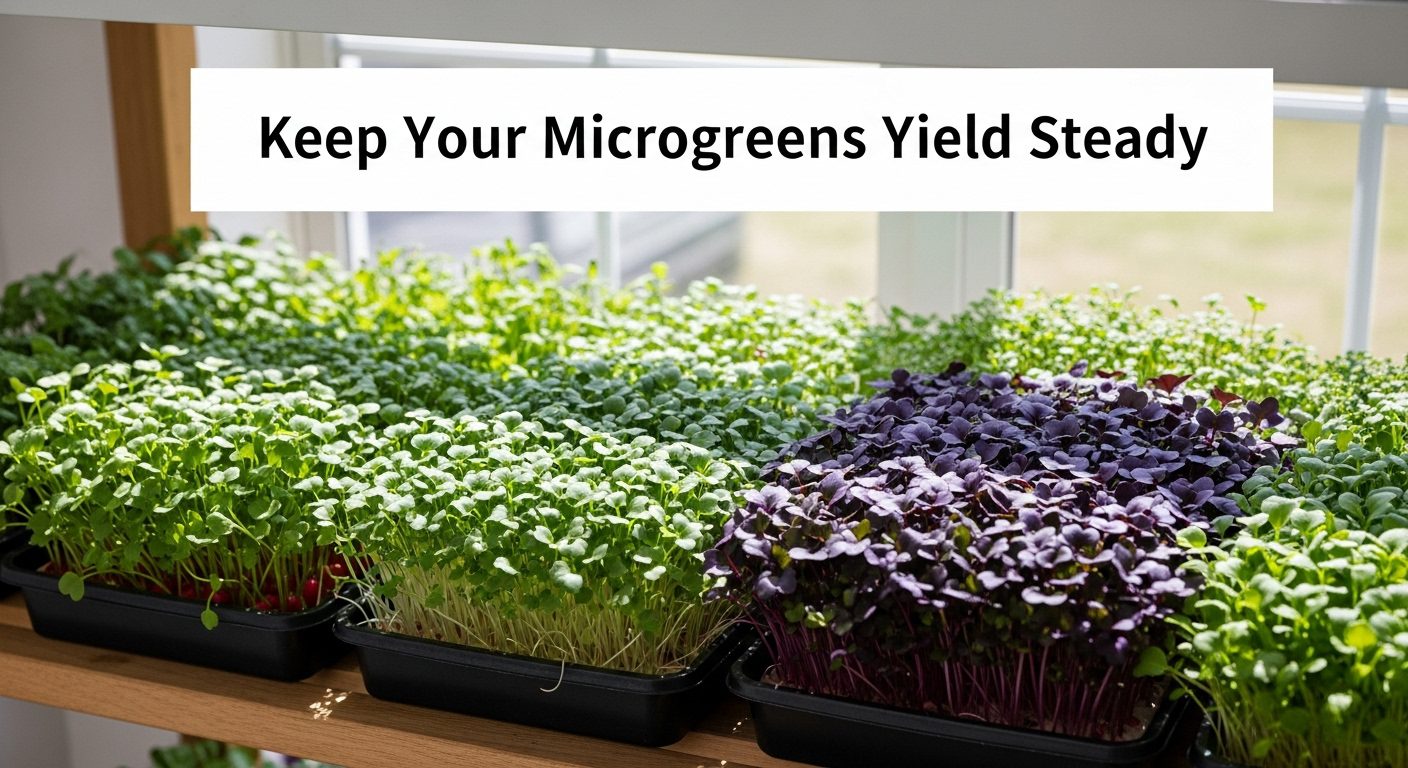

Stepping into your garden, where vibrant colors and fresh scents greet you. But this isn’t just any garden. It’s a testament to sustainability and care for our planet. Welcome to the world of zero-waste gardening—a realm where nothing goes to waste and everything has a purpose.
This article will unveil 12 zero-waste gardening tips, guiding you to make your garden not only beautiful but also eco-friendly. Whether you’re a seasoned gardener or just starting out, these tips will help you nurture your garden in harmony with nature. Let’s get into the wonders of zero-waste gardening and learn how easy and rewarding it can be.
Zero-waste gardening is a sustainable approach that focuses on minimizing waste and making the most out of natural resources. The primary goal is to cultivate a garden using methods that reduce environmental impact. This means utilizing every resource in the garden efficiently, ensuring that nothing goes to waste.
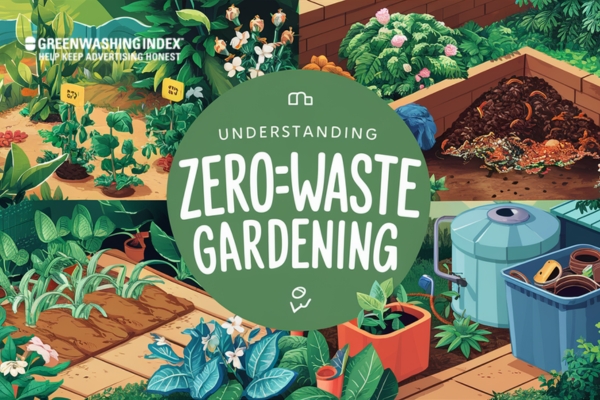
It involves practices like composting, using natural fertilizers, and avoiding harmful chemicals. By adopting zero-waste principles, gardeners contribute to a healthier ecosystem and promote biodiversity.
In a zero waste garden, every element is carefully considered to minimize waste production. For example, rainwater can be harvested and used to irrigate plants, reducing reliance on municipal water supplies. Additionally, organic waste from the garden or kitchen can be composted to enrich the soil, providing plants with essential nutrients.
This approach not only benefits the environment but also leads to healthier and more productive gardens. By implementing these practices, gardeners can create a self-sustaining environment that supports plant growth and minimizes negative impacts on the planet.
Zero-waste gardening is about embracing a lifestyle that harmonizes with nature, ensuring that every action taken benefits the garden and the earth.
Also Read: Winter Gardening Mastery: Top Tips for Your Best Season
Are you eager to create a garden that flourishes while caring for our planet? Look no further! This guide will unveil 12 zero-waste gardening tips that transform your green space into a sustainable haven.
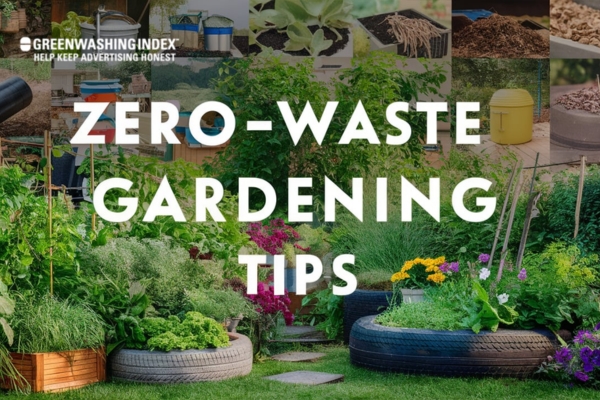
From composting to upcycling, these tips ensure your garden thrives without leaving a trace. Dive in and discover how each step can make a difference for the environment and your zero-waste gardening experience.
Composting at home is one of the best ways to reduce waste and enrich your soil with nutrients. By using kitchen scraps like fruit peels, coffee grounds, and eggshells, you can create a natural fertilizer that benefits your plants. Adding layers of dry leaves, grass clippings, and small branches creates a balanced compost.
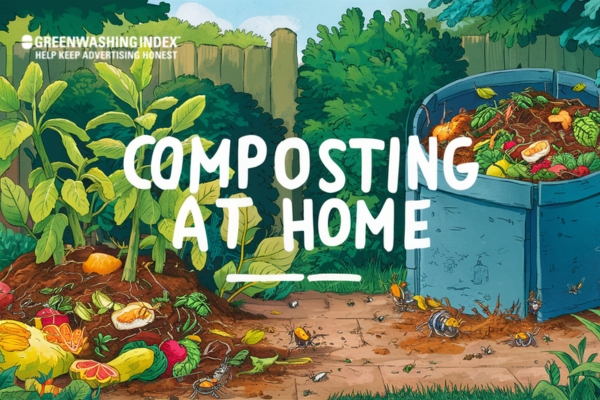
Regularly turning the compost pile aerates it, promoting faster decomposition. Aim to keep the compost pile moist, like a damp sponge, to support microbial activity. Once ready, this homemade compost can be added to your garden beds for an extra nutrient boost.
By following these steps, you’ll create a natural fertilizer that nourishes your plants, reducing the need for chemical alternatives.
Natural pest control is a chemical-free way to protect plants and the surrounding ecosystem. Beneficial insects, like ladybugs and lacewings, keep harmful pests in check, helping maintain garden health. Companion planting, such as marigolds with tomatoes, also deters pests naturally.
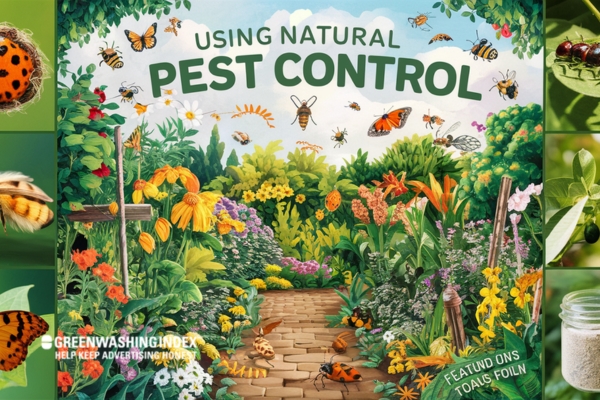
Homemade sprays made from garlic or neem oil provide a safe, non-toxic way to repel insects. Birds can also be a gardener’s ally, as many feed on pests. Regularly inspecting plants and removing pests by hand when possible minimizes pesticide use.
By opting for natural solutions, you’ll maintain a healthy garden ecosystem and keep your plants thriving without chemicals.
Harvesting rainwater is a practical way to conserve water and reduce dependency on municipal sources. By setting up a rain barrel connected to your roof’s downspout, you can collect free, chemical-free water for your garden. Use mesh covers on barrels to keep out debris and prevent mosquito breeding.
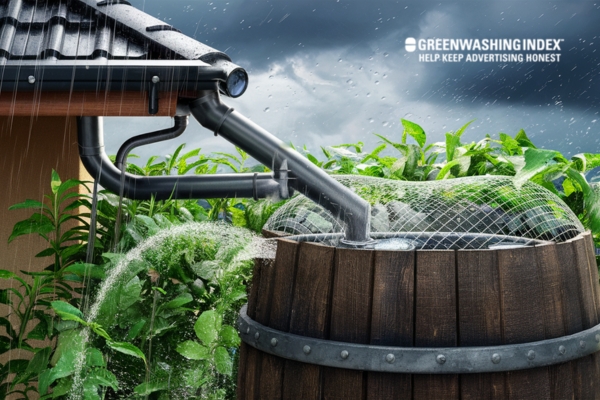
Place the barrel close to your garden to make watering easier. Incorporate a drip irrigation system for efficient water use. Regularly monitor water levels to ensure the system is working smoothly and that the barrel does not overflow.
This practice not only saves water but also provides your garden with fresh, chemical-free hydration.
Crop rotation is essential for soil health and preventing pest and disease buildup. By dividing your garden into sections for different plant families, you can rotate crops each season, reducing the likelihood of nutrient depletion.
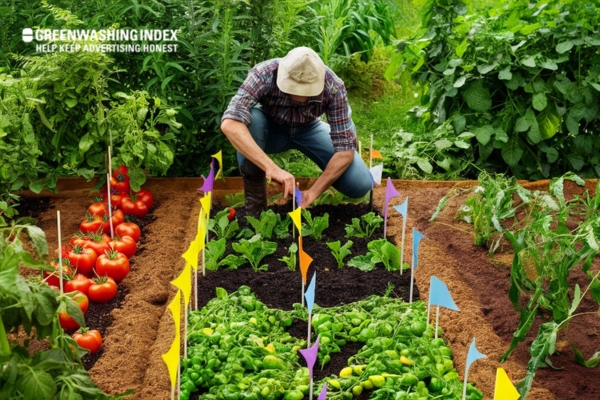
Group similar plants like tomatoes and peppers, which have similar nutrient needs. Rotating legumes, for instance, can improve soil fertility as they fix nitrogen in the soil. Crop rotation also helps manage pests and diseases, reducing the need for chemical treatments and ensuring robust plant growth.
By rotating crops, you’ll enrich your soil and ensure a bountiful harvest year after year.
A herb spiral is a space-efficient and visually appealing way to grow herbs in small gardens. Built using stones or bricks in a spiral pattern, it allows for strategic placement of herbs with different needs.
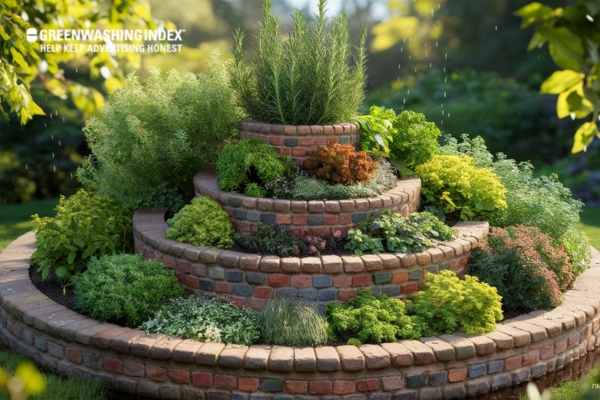
Taller herbs like rosemary can be planted at the top, while lower moisture-loving herbs can be placed toward the bottom. The spiral structure also naturally conserves water, directing it to where it’s needed most. This arrangement maximizes garden space and provides easy access to fresh herbs.
This clever design maximizes space and creates a stunning focal point in your garden.
Leaf mulching is a simple, natural way to enrich the soil and reduce garden waste. Collect dry leaves from your yard, and if possible, shred them to help them decompose faster. Spread a thick layer over garden beds to help retain soil moisture and reduce water usage.
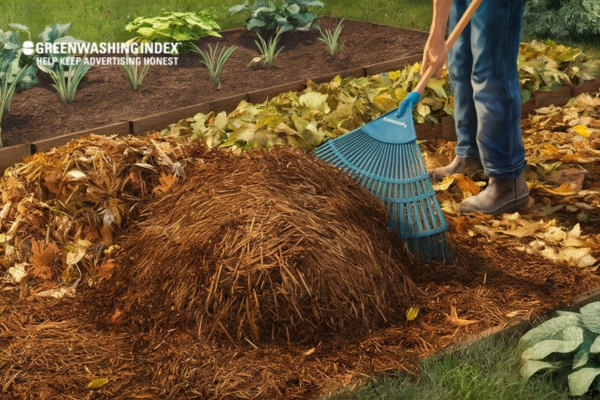
Mulch also blocks sunlight, helping to suppress weeds and protect plant roots from temperature fluctuations. This easy, eco-friendly method supports plant health while reusing natural resources.
This simple practice not only reduces waste but also nurtures your plants naturally.
Upcycling adds charm to your garden while reducing waste. Old containers like pots or cans can be repurposed as unique planters. Use sticks or stones as creative garden markers to label plants. Wooden pallets make excellent compost bins or garden structures like trees.
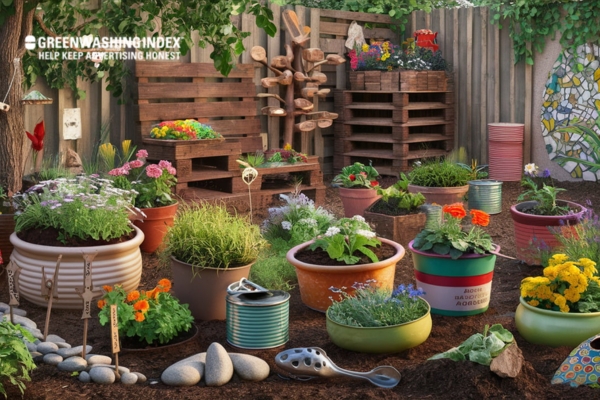
Broken ceramics can be turned into decorative mosaics. Even simple bird feeders can be made from repurposed plastic bottles. Upcycling transforms discarded items into practical, beautiful additions to your garden.
By upcycling, you’ll give new life to old items and enhance your garden’s aesthetic.
Creating your own seed-starting pots is an eco-friendly way to kick off your garden. Instead of using plastic trays, try rolling newspaper or cardboard into small, biodegradable pots. Egg cartons work well, too, with each compartment acting as an individual container for seedlings.

These pots can be planted directly into the garden, breaking down naturally as the plants grow. Label each pot with the seed type to stay organized. Water carefully to avoid oversaturating the delicate seedlings. This approach reduces waste and provides a gentle start for young plants.
These simple pots reduce waste and provide a nurturing environment for young plants.
Opting for natural fertilizers preserves soil health and reduces chemical runoff. Homemade compost is a great substitute, adding organic matter and nutrients to the soil. Bone meal and fish emulsion offer additional nutrients, while cover crops, or green manure, improve soil structure and fertility when grown and tilled back into the soil.
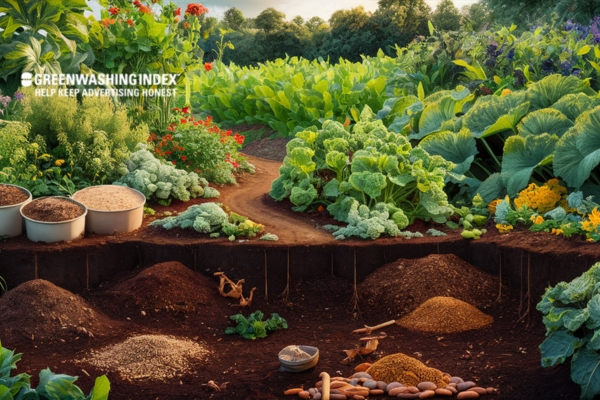
Worm castings, or vermicompost, add concentrated nutrients and microbial life. Rotating crops also keeps soil nutrient levels balanced. Using natural fertilizers supports robust plant growth and a healthier garden ecosystem.
Choosing natural options ensures your plants grow strong without harming the ecosystem.
Saving seeds allows you to grow plants from your garden each year and preserve unique varieties. Start by choosing the healthiest plants for seed saving, letting seeds mature fully before harvesting. Dry seeds thoroughly to avoid mold and store them in a cool, dry place, labeling them with the plant type and date.
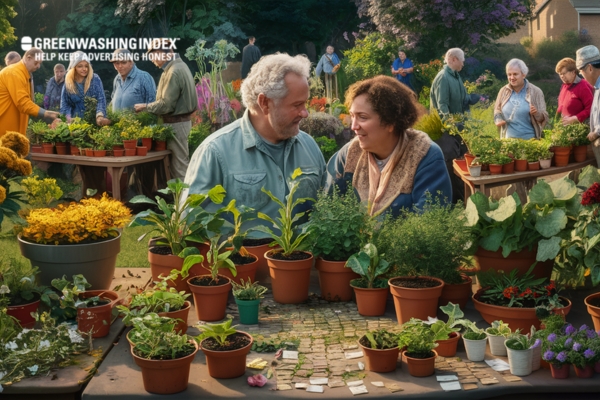
This process reduces dependency on store-bought seeds and keeps you in control of your garden’s future. Sharing saved seeds with other gardeners can also expand your plant collection and foster community.
This practice keeps your garden thriving year after year, preserving unique plant varieties.
Engaging in plant sharing and trading is a sustainable way to diversify your garden and build community. Reach out to neighbors or attend plant swap events to exchange plants, cuttings, or seeds. You can also share surplus produce, which strengthens local connections and reduces waste.
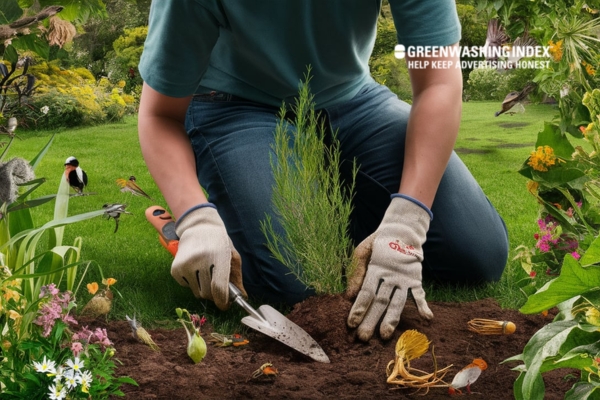
Online groups are great for finding like-minded gardeners interested in trading. Labeling plants and preparing them for their new homes ensures successful swaps. Plant exchanges foster biodiversity and enrich your garden with new varieties.
By sharing, you’ll enrich your garden and build connections with fellow green thumbs.
Native species are well-suited to your local climate, requiring less water and fewer resources. They attract beneficial insects, support local wildlife, and often need minimal maintenance. Native plants naturally resist local pests, reducing the need for pesticides.
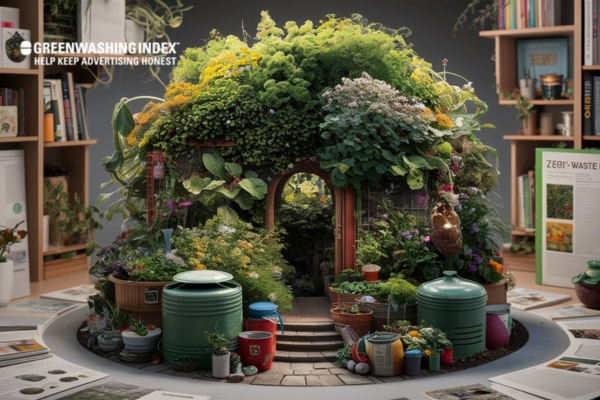
Integrating them into your garden promotes biodiversity, creating a balanced ecosystem that benefits all plant and animal life. As these plants are adapted to your region, they’re likely to thrive and provide long-term beauty and sustainability.
Getting into the world of zero-waste gardening can feel overwhelming, but there are plenty of resources to help guide you on this eco-friendly journey. Here are some handy resources to consider:
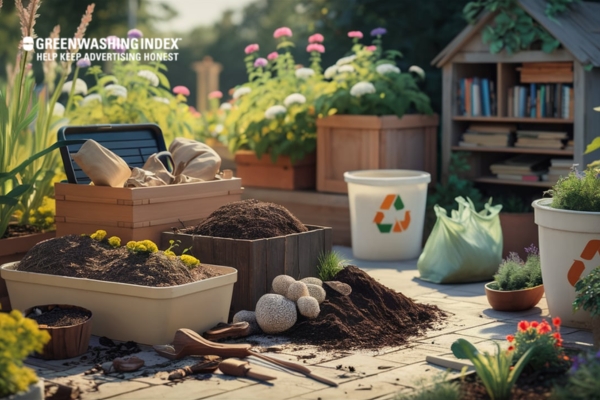
These resources not only enhance your zero-waste gardening skills but also connect you with a community that shares your passion for sustainability. Embrace these tools to make your garden a model of zero-waste practices.
Embracing zero-waste gardening is a rewarding journey that benefits both the environment and your garden. By adopting sustainable practices like composting, rainwater harvesting, and using natural pest control, we can create a thriving, eco-friendly garden.
These methods not only reduce waste but also enhance soil health and plant growth. As you explore these techniques, remember that every small step counts towards a greener planet. Together, we can make a significant impact.
If you’re eager to learn more about sustainable gardening practices, explore our other blogs for a wealth of tips and insights. Let’s grow greener together!
